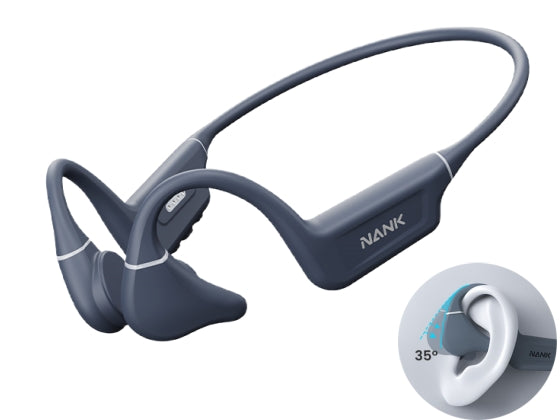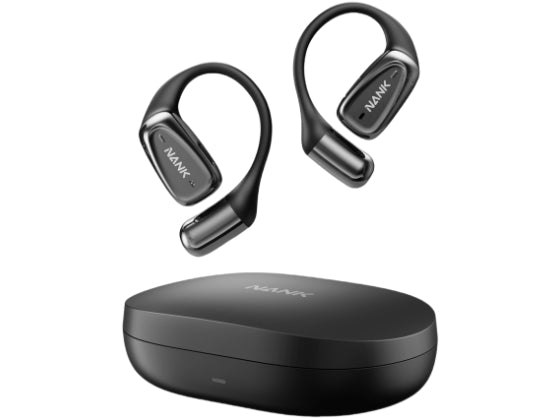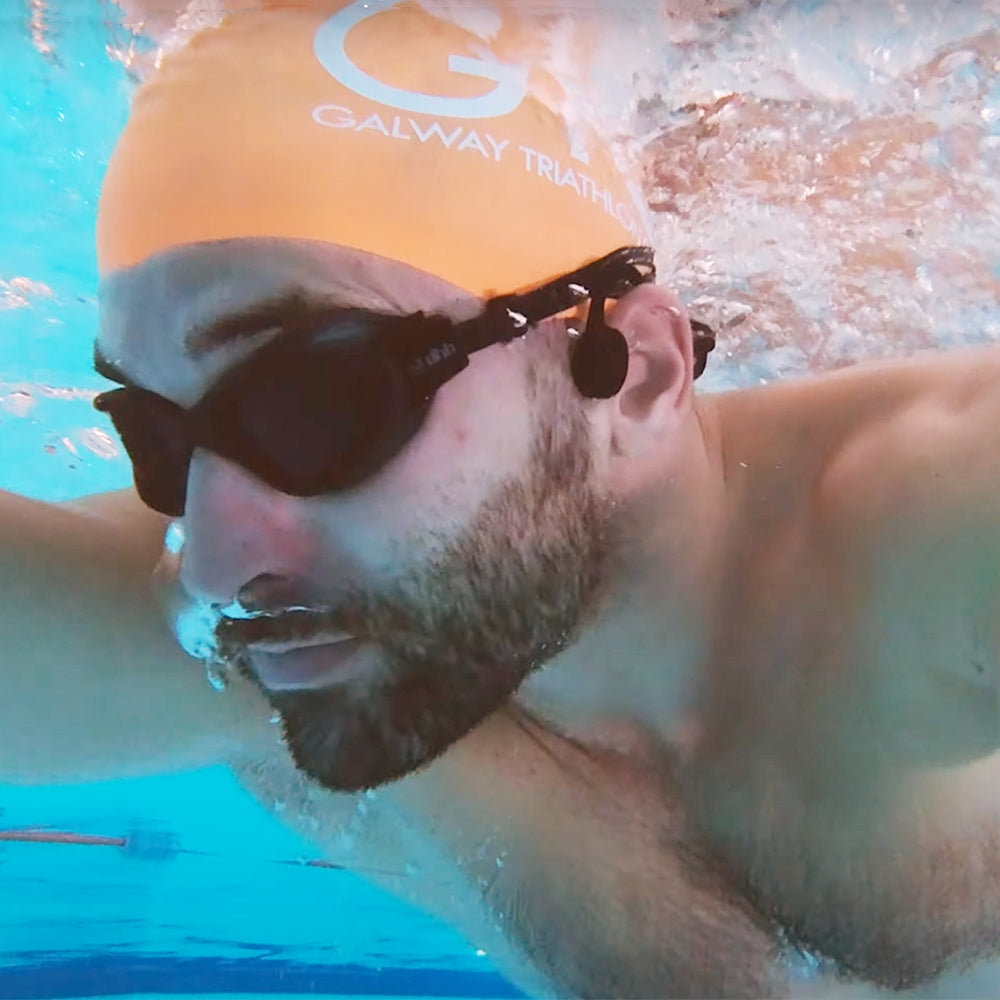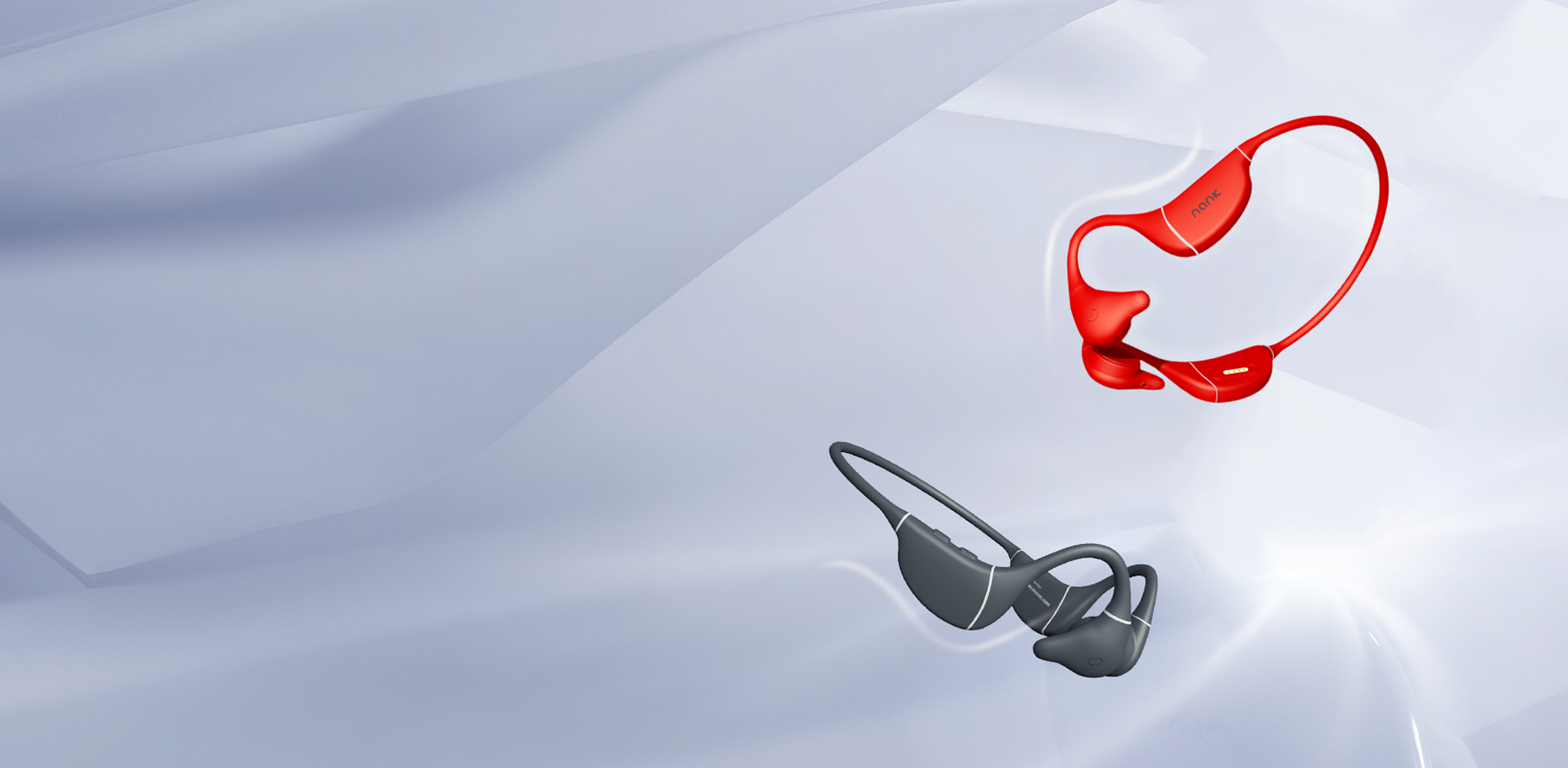In today's tech-driven world, we're surrounded by electronic devices, from smartphones and headphones to smartwatches and fitness trackers. Many of these devices have IP ratings, which indicate their level of protection against dust and water. But what do these ratings actually mean? Are numbers or letters better? Are larger numbers better or smaller numbers better?
In this article, we will walk through the concept of IP rating, explaining their different levels to help you make informed purchasing decisions.
Understanding IP Rating Format
IP ratings stands for Ingress Protection. They are standardized codes defined by the International Electrotechnical Commission (IEC) to classify the degree of protection provided by enclosures for electrical equipment against foreign objects (dust) and moisture (water).
These ratings are represented by two digits:
- The first digit (IPX) indicates the level of dust protection. A higher number signifies greater protection.
| Dust Protection Level | Description |
| 0 | No protection |
| 1 | Protects against objects larger than 50mm |
| 2 | Protects against objects larger than 12mm |
| 3 | Protects against objects larger than 2.5mm |
| 4 | Protects against objects larger than 1mm |
| 5 | Protects against dust penetration |
| 6 | Dust tight |
-
The second digit (X or 0-9) indicates the level of moisture protection. A higher number signifies greater protection.
| Moisture Protection Level | Description |
| 0 | No protection |
| 1 | Protects against dripping water |
| 2 | Against vertically dripping water |
| 3 | Against spraying water |
| 4 | Against splashing water |
| 5 | Against low-pressure jets of water |
| 6 | Against high-pressure jets of water |
| 7 |
Against immersion in water
(for up to 30 minutes at a specified depth)
|
| 8 |
Against prolonged submersion in water
|
IPX Ratings: A Special Case
In addition to the two-digit IP ratings, there are also IPX ratings. These ratings indicate protection against dust only, with no moisture protection.
For instance, an IPX5 rating means the device is protected against dust penetration but not water.
Interpreting IP Ratings: Examples
- IPX4: This rating indicates protection against splashing water from any direction. It's suitable for devices like splash-proof headphones or speakers.
- IP67: This rating signifies protection against dust penetration and immersion in water up to 1 meter for 30 minutes. It's common for smartphones and fitness trackers.
- IP68: This rating represents the highest level of dust protection and immersion in water up to 2 meters for 30 minutes. It's often found in high-end smartphones and smartwatches.
Popular Products with IP Ratings
IP ratings are crucial for various electronic devices, let's take headphones as an example. Headphones can have IP ratings ranging from IPX4 to IPX7, depending on their intended use. Here are some popular products with their IP ratings:
-
Nank Runner Diver 2: IP68;

-
Shokz OpenSwim Pro: IP68;

-
Sony WS620 Walkman: IP65/IP68(IEC 60529)

Conclusion
Understanding IP ratings empowers you to make informed decisions when purchasing electronic devices. With this knowledge, you can choose gadgets that can withstand the environments you encounter in your daily life. Whether you need a basic splash-proof device for workouts or a high-end option for submersion in water, IP ratings provide a clear and concise way to compare protection levels.
Remember, IP ratings are not absolute guarantees, and other factors can affect a device's durability. However, they are a valuable tool for understanding how well your electronics will hold up against dust and moisture. So, the next time you're shopping for a new gadget, be sure to check the IP rating to ensure it meets your needs.
FAQs
1. Are IP ratings a guarantee of protection?
IP ratings provide a standardized way to compare the level of protection offered by different devices. However, it's important to note that they are not absolute guarantees. Devices with the same IP rating may have varying levels of protection depending on their design and manufacturing quality.
2. How long do IP ratings last?
IP ratings are typically considered to be valid for the lifetime of the device under normal use conditions. However, factors like wear and tear, exposure to extreme temperatures, or accidental damage can affect the device's ability to maintain its IP rating.
3. What ip rating do i need at least to swim with?
To safely swim with a device, you'll want an IP rating with at least a 7 for the water resistance level (second digit). This rating indicates the device can withstand immersion in water for up to 30 minutes at a depth of up to 1 meter (3.3 feet). If you engage in vigorous swimming or activities like water sports, an IP68 rating can offer additional peace of mind.








